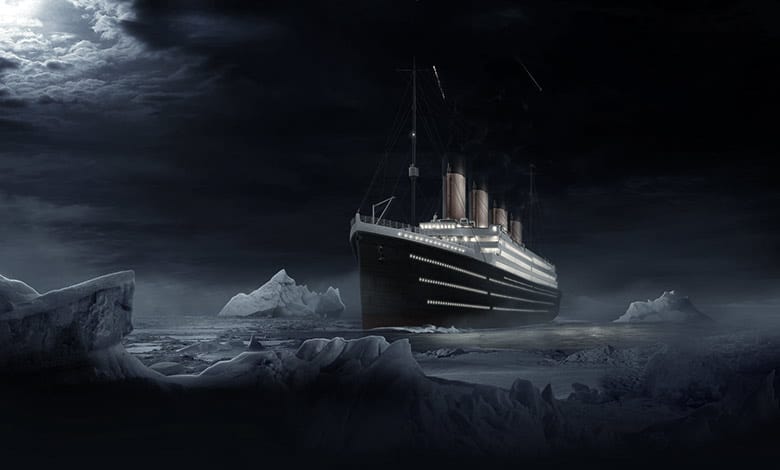
Most of the time, we mark docking lights as headlights. But they are not headlights and are not meant to be used to illuminate anything other than a dock. Docking lights are not for navigation. They do a great job of illuminating docks when it’s dark out, and you are trying to pull into a sled.
When driving at night, you need headlights to stand a chance of seeing anything. If you look at a ship at night, they don’t have headlights! Ships turn off as many lights as possible to make themselves as dark as possible. But why don’t boats have headlights? If headlights work for cars, why not for ships? It’s because the headlights are useless for boats. Let’s learn more about it.
Why don’t boats have headlights? (Scientific Explanation)
Boats typically do not have headlights like cars because they operate in different environments and have different navigation requirements. Here are a few reasons why boats generally do not have headlights:
Navigation Lights: Boats are required to have specific navigation lights to ensure visibility and prevent collisions on the water. These lights are positioned by international regulations and indicate the direction in which a vessel is moving. They typically consist of red and green lights on the bow (front) and a white light on the stern (back). These lights help other boats determine the direction and position of a vessel, even in low-light conditions.
Limited Visibility: Unlike roads, bodies of water do not have fixed lanes or marked pathways. Instead, boats navigate using charts, buoys, and markers. Headlights on boats might provide visibility only in a limited range, and the light could reflect off the water, reducing overall visibility. This could confuse or mislead other boaters and increase the risk of accidents.
Night Vision and Adaptation: Boaters are encouraged to rely on their night vision to navigate safely. When adjusting to the darkness, our eyes gradually adapt, allowing us to see better in low-light conditions. Excessive artificial light, such as headlights, can hinder this process and make seeing other boats, markers, or navigational hazards more challenging.
Disturbance to Wildlife: Many boating environments are home to various marine species. Intense artificial light can disrupt their natural behaviors, such as feeding or migrating patterns. To minimize disturbance to wildlife, boaters are advised to reduce the use of bright lights during nighttime operations.
A headlight is a light source that emits photons that can bounce off objects and return to your eyes. Your brain then interprets them and tells you what you’re seeing. But you need a light powerful enough to illuminate the area you’re looking at. The light’s power is dispersed across its beam’s full width. Then when the light hits an object, the tiny bit of its beam that hits the object is reflected.
It is again dispersed, meaning that only a tiny fraction of the original light returns to you. That’s fine in a car. You want a narrow-ish area right ahead of you, extending out far enough that you can take action to avoid the things you see. Even at motorway speeds, around 100 meters should be enough.
- With a boat, 100 meters is not enough to take any action.
A large cargo ship needs more than a mile to stop, with two such vessels approaching each other. We need at least two miles of visibility to take action in time. Do you know how bright a car’s headlight is? Think how much brighter a ship’s headlight would need to have the same effect.
- Ships still use lights, but they’re nav lights.
Every seaworthy vessel is fitted with nav lights. The idea is that they’re arranged in a standardized, distinctive way so that other vessels can see you. Also, it is for identifying how you are moving as nav lights are fitted to the target vessel. Their power only needs to be sufficient to be seen by other vessels.
If you have a light fitted rather than relying on a tiny portion of reflected light, you can see how much easier it will be to see than using a headlight. But what about identifying their movement? Let’s take this cargo ship as an example. She would show two-mast headlights, the aft being higher than the forward one. These immediately tell other ships which direction she’s moving in this configuration.
- These are the colored lights you know about: red for port and green for starboard.
Again, it reinforces which way she is traveling. But the lights can tell us even more than that. If we look at the vessel’s port side and she turns towards us, watch what happens to the lights. You can start to see both sidelights. The other vessel is heading straight for you.
From above, you can see the only angle where you would see all those lights is right ahead. The observant among you will spot that these lights don’t go all the way around either. Instead, a single white light fills this sector at the stern.
If you spot a single white light, one of the things it could be is a power-driven vessel viewed from astern. If she turns a bit, you might come on the cusp of viewing her sidelights and mast headlights from above.
Nav lights tell you so much more than headlights ever could. They accomplish the basics, making the vessel sharp against the dark sky. But in addition, they allow you to identify the vessel, type, work out its aspect and see which way she’s moving.
Read more:
What Causes Lightning And Thunder?
Is It Possible To Travel Faster Than Light Speed?
Why Does Light Travel So Fast?
References:
9th and 10th Vic. c. 100: “An act regulating steam navigation and requiring sea-going vessels to carry boats.
“Steamers’ lights – to prevent a collision.” The London Gazette.
